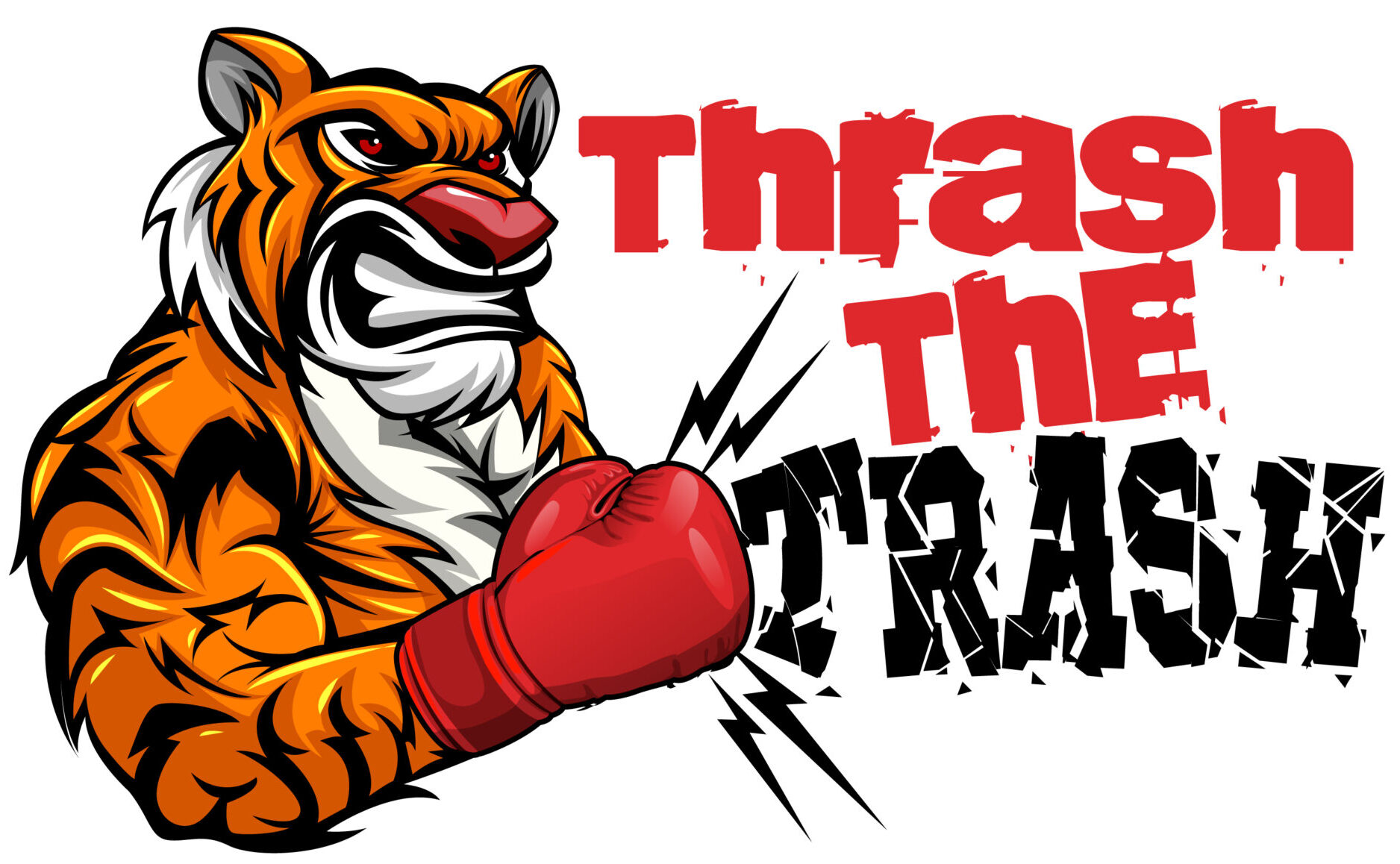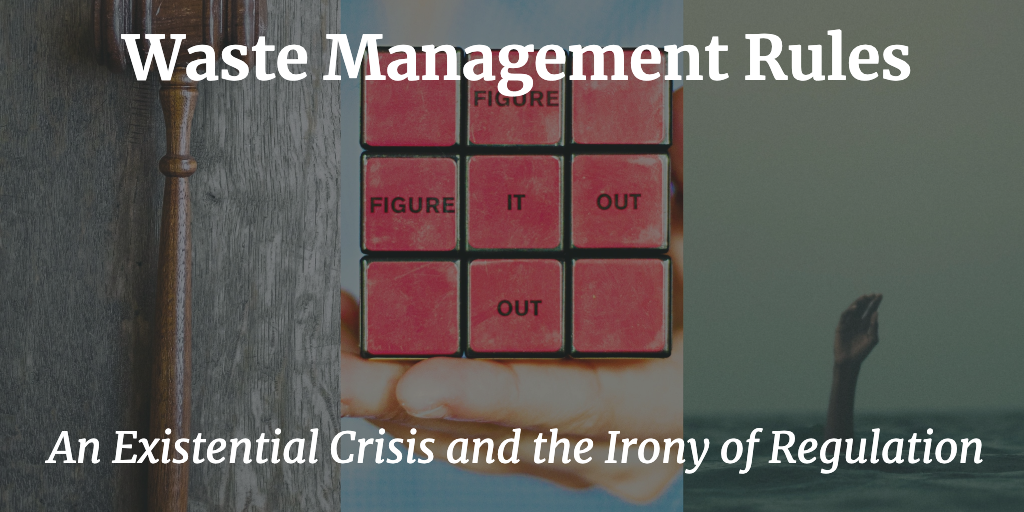Blockchain technology and NFTs (non-fungible tokens) have taken the world by storm in recent years, promising a new era of decentralized finance, ownership, and digital art. The emergence of blockchain, which is essentially a secure and transparent digital ledger, has led to the creation of various cryptocurrencies, such as Bitcoin and Ethereum, and a plethora of blockchain-based applications that offer unprecedented opportunities for innovation in various industries.
At the same time, NFTs have enabled artists, musicians, and creators to monetize their digital content by creating unique digital assets that can be bought and sold on blockchain platforms. These NFTs have fetched millions of dollars in auctions, and the hype around them has been compared to the tulip mania of the 17th century.
However, despite the initial hype and promise, the world of blockchain and NFTs has also seen its fair share of controversies, scams, and setbacks. The rise of blockchain has been marred by the prevalence of fraudulent ICOs (initial coin offerings), which have defrauded investors of millions of dollars. Similarly, the NFT market has been criticized for its lack of sustainability and its potential to perpetuate inequality.
As the hype around blockchain and NFTs starts to die down, it remains to be seen whether these technologies will prove to be the transformative forces they were promised to be, or whether they will eventually fade away like other technological fads.
Blockchain
Blockchain technology, which is the underlying technology behind cryptocurrencies, is known for its energy-intensive nature. The process of verifying transactions on the blockchain network requires a lot of computational power, which in turn requires a lot of electricity. This energy consumption can result in a significant carbon footprint and contribute to climate change. However, it’s important to note that not all blockchain networks are created equal, and some are designed to be more energy-efficient than others.



According to the University of Cambridge’s Bitcoin Electricity Consumption Index, the Bitcoin network alone consumes an estimated 131 TWh of electricity annually, which is roughly equivalent to the annual energy consumption of Argentina. This energy consumption is primarily driven by the energy-intensive process of verifying transactions on the network.According to the same Cambridge study, the Bitcoin network alone produces an estimated 63 million metric tons of CO2 emissions annually, which is roughly equivalent to the annual emissions of Switzerland. According to a study by the US Department of Energy, the production of electricity from coal-fired power plants can require up to 1,100 gallons of water per MWh of electricity generated.
NFT
Similarly, NFTs (non-fungible tokens) have also come under scrutiny for their potential environmental impact. The creation and exchange of NFTs often involve complex blockchain transactions, which can require significant energy consumption. Additionally, the large file sizes of some NFTs can result in significant storage and data transfer requirements.



ChatGPT
As for AI language models like ChatGPT, their environmental impact is primarily related to the computational power required to train and operate them. Training an AI language model requires a significant amount of computing resources, which can result in a significant energy consumption and carbon footprint. However, once the model is trained, its energy consumption is relatively low compared to the training phase.
Researchers estimate that the training of OpenAI’s GPT-3 model alone resulted in Microsoft consuming approximately 185,000 gallons of water. To provide context, this amount of water consumption is equivalent to the amount needed for cooling a nuclear reactor.
Electronic Waste Generation
Electronic waste is a growing concern globally, and blockchain technology, NFTs, Bitcoin mining, and large language models like ChatGPT can contribute to the issue in different ways.
Blockchain technology relies heavily on computer hardware, including servers, which consume a significant amount of energy and produce electronic waste. As the blockchain network grows, the demand for more computing power increases, leading to the creation of more electronic waste. Similarly, NFTs and Bitcoin mining require powerful hardware, including graphics cards and specialized processors, that can quickly become obsolete and contribute to electronic waste.
Overall, it’s important to consider the potential environmental impact of emerging technologies like blockchain, NFTs, and AI language models. As these technologies become more widespread and mainstream, it will be important to ensure that they are designed and operated in a sustainable manner.



